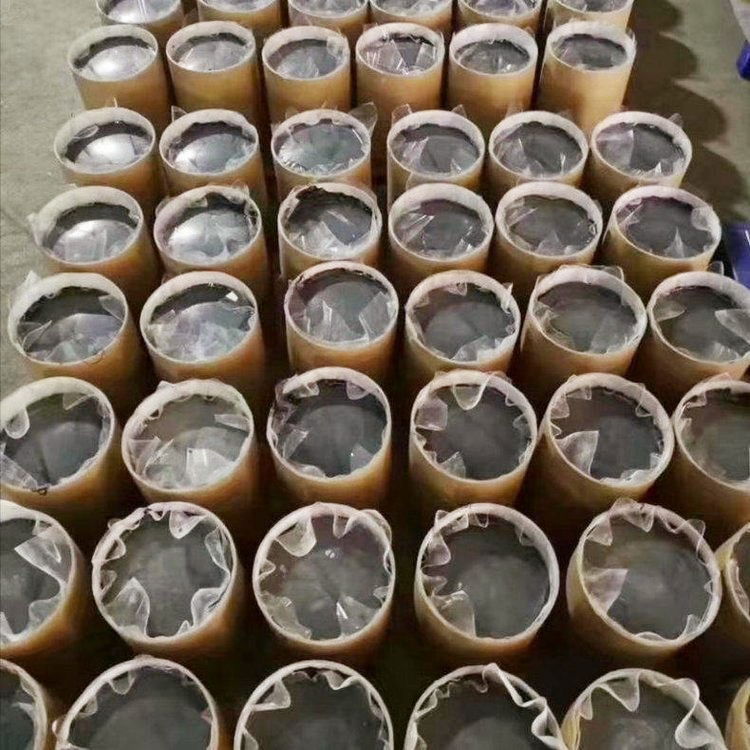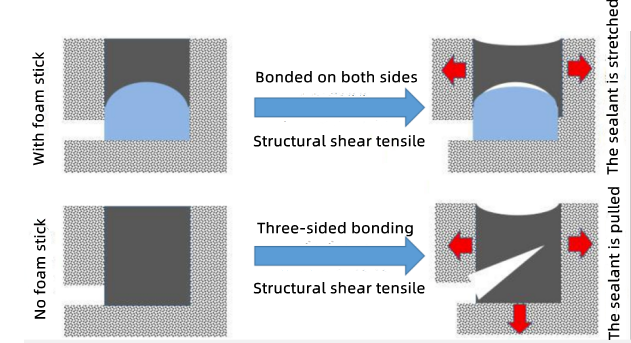How to ensure effective bonding of insulating glass processing silicone sealant.

In actual use of silicone sealant, the bonding performance is one of its most basic and important properties. It is related to the durability of the seal and even the safety of the building components. It requires the interface interaction between the silicone sealant and the adherend to produce good adhesion relay. So what are the main factors that affect the bonding between silicone sealant and substrate? Now LIJIANG Glass will tell you one by one.
Choose the right sealant
Since the invention of silicone sealant, after nearly 80 years of development, the types of silicone sealant have been very rich. When choosing a sealant, the compatibility between the sealant and the base material should be given top priority. It needs to be based on the different base materials. Choose the right sealant. Some sealants will react with the substrate and corrode the substrate; some substrates themselves avoid silicone sealant and cannot bond.
A clean substrate surface is very important
The presence of dust and dirt will reduce the contact area between the sealant and the base material surface, which may cause stress concentration when subjected to force, thereby causing the sealant to be destroyed in advance; oil stains may cause the sealant to dissolve and fail; rain, snow, and frost may cause sealant will not bond. Therefore, try to clean the base material before applying sealant and let it be clean and dry so that the sealant can fully bond.
Apply primer when required
Usually, silicone sealants have good adhesion to metals, but with the advancement of technology, surface treatment methods for aluminum profiles emerge in endlessly. Even similar building aluminum profiles produced by different manufacturers will show signs of discoloration due to different levels of technology or production control. There is a significant difference in adhesion. Don't panic when this happens, the primer comes in at the critical moment. Primer, also known as primer, is composed of different solvents and coupling agents. For aluminum profiles, the solvent has a certain cleaning ability, and the coupling agent modifies the surface of the profile, thereby enhancing the sealant and profile. the bonding force between them.
The silicone sealant seam setting should be reasonable
When silicone sealant sealing, especially when using the automated sealing equipment to apply silicone sealant, the sealing processor should not only pay attention to the reasonable sealant width and sealant depth but also avoid three-sided bonding. This is because three-sided bonding will cause It to seriously affect the displacement ability of the sealant, causing excessive internal stress and cracking.
Figure 1 The insulating glass silicone sealant seam is properly set
Not suitable for use in submerged environments
Although the curing of silicone sealant is inseparable from the participation of moisture, due to its structural composition, it cannot be immersed in water for a long time. This is because long-term immersion in water will dissolve and extract the components of the sealant, changing the composition and structure of the sealant. Performance is bound to be degraded.
Protect before complete curing
No matter what kind of sealant it is, it is very fragile when it is not fully cured. After it is fully cured, its durability and weather resistance are very strong, and various excellent properties can be exerted. Therefore, during the period from sealing to complete curing, stress on the sealant should be avoided as much as possible.
Here we recommend the standard sealant purchase process: conduct compatibility and adhesion tests before purchasing sealant; conduct small-area sealant experiments before applying large amounts of sealant; and inspect at fixed intervals during use.
For more information about LIJIANG Glass insulating glass processing equipment and insulating glass processing accessories, please click here to learn more.



